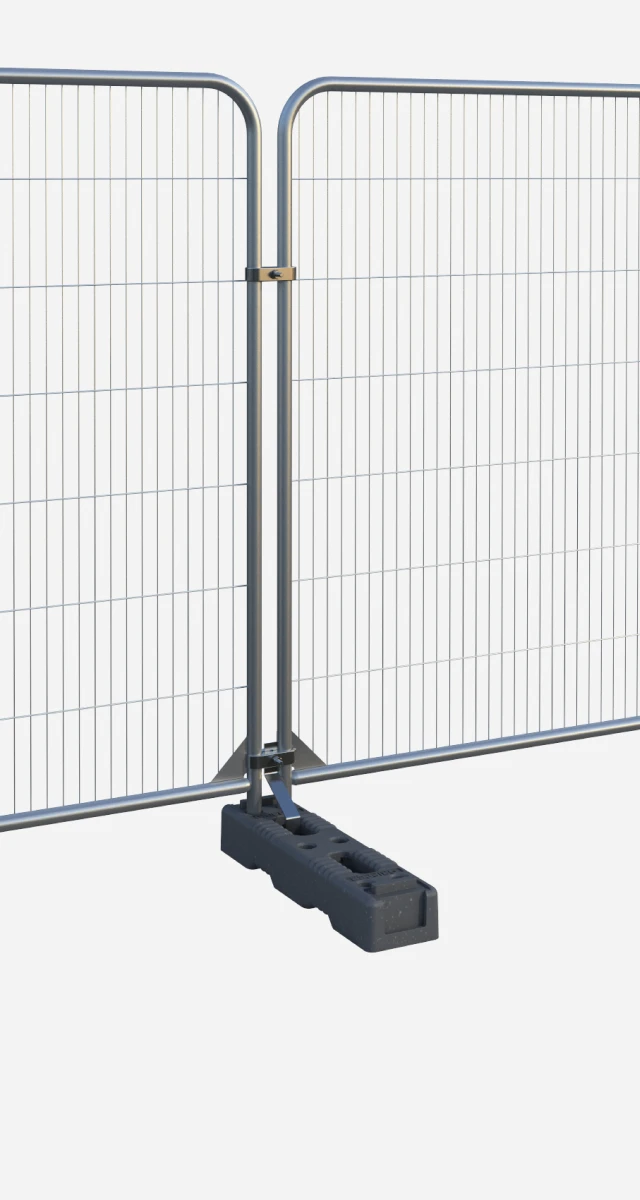In the Beginning
In the 80s, Heras introduced the concept of temporary fencing from Holland into the UK market and since then, it has grown exponentially. A strange fact is that despite being the name everyone uses, Heras has never manufactured fencing in the UK and some people wrongly use the term Harris fencing when searching for the product!
Originally square top standard panels (wide mesh) were the only ones available & are still being used today in rural areas where there are no members of the general public. Once the product increased in popularity for use on sites in the UK, there were security incidents as the fencing was too easy to climb over. This prompted the HSE to get involved which led to GS7 to be introduced, stipulating that the mesh aperture was to be no more 30mm wide hence the term anti-climb panel was born and must be used when members of the general public are present. The GS7 term has now been superseded by HSG151 which details an aperture to be narrow enough so as not to allow a child’s hand or foot, amongst other recommendations.
The original temporary fencing was manufactured using heavy materials & required 2 men to lift. However, over the years this product has become lighter due to manual handling regulations, changes in specification, logistics pressure & market forces. Temporary fencing used to be only square top but this has evolved with there now being a round top panel. The most popular because it only has 2 points of weakness on the frame instead of 4.
Fence feet have changed from heavy concrete blocks to recycled plastic feet, which despite their lightweight nature, last a lot longer than their concrete predecessors.
Furthermore, when these “Heras type” panels were first introduced stability options were minimal compared to what is seen on sites today, now we have a wide range of products to cope with even the most challenging of requests, whether this is due to wind loading requests, site restrictions, ground conditions, location or site budgets.







